Rather than beg for anwsers all the time, I thought I might post about an experiment I am undertaking with my lawn - anyone else try this?
I lived in AZ for 9 years, then moved to SoCal for another 9 years. While there, I fell in love with the "permanent" grass that SoCal grows - no overseeding, no dormancy, minimal thatching, etc. By far my favorite lawn was Marathon, a strain of grass developed specifically for the warmer areas of SoCal.
Marathon has three varieties, with Marathon 3 being the shortest and finest, and Marathon 1 being the tallest, toughest, and fastest growing. Most lawns were Marathon 2, a great balance between the small and the durable.
We grew Marathon 2 in our yard outside of Fontana. The summers often climbed to 90+ degrees for three months, with several days over 100 degrees. Winters would occasionally frost. Marathon 2 grew well in that climate, only needing some additional water in the summer, and developing a few thin spots in winter shady areas.
When I moved to Chandler, I decided that my extensive lawn in the back yard was simply too large to have to mess with overseeding, dethatching, etc - all the joy of having a Bermuda summer lawn and a winter Rye lawn. So, my grand experiment has begun- can I successfully grow Marathon 1 in my yard year-round?
In late October I prepped the ground by roto-tilling about 3-4 inches deep - the soil was fairly loose, and not compacted caliche like I expected. I did add some sand as I went along, to help keep the soil slightly more loose. After tilling, I watered down the soil until it self-settled, then let it dry for a week. I then spread some polymer crystals (the type that absorb water and become a gel) at the rate of 15lbs per 1000 sq ft. and rototilled that 3-4 inches deep. A 2-3 inch deep layer of mulch/topsoil/manure mix went on next, then the seed (nobody has Marathon sod in AZ, and seed is not easy to find, either).
So far, so good. The nursery that sold me the seed said I was nuts, as "Marathon will not grow in Phoenix". They said that the summer heat lasts too long and the winters are too cold - Marathon is rated for "occasional" heat of 110 degrees and cold of 28 degrees. I decided that the weather extremes in Chandler are not that far out of line from where I grew this grass in SoCal, and that anything I could do to keep it deep-rooted and moist in the summer would be the trick. That is why I buried the polymer crystals - to keep the subsoil moist even in the hottest weather. I even experimented with this concept by filling a large kettle with the same soil/polymer/topsoil layering 9 inches deep, watering it until wet, and leaving it in the sun to bake for a few days. After 3 days of direct and reflected sun (85-90 degree days), the crystals still held water and the subsoil was quite damp. If fact, I baked the kettle at 250 degrees for 5 hours before most of the moisture was gone. I figure that, with a good soaking 2-3 days a week, I should maintain good moisture even in the hottest weather - especially since a kettle warms on all sides, and I will have a 3-4 inch layer of green grass to help keep the soil temps under control.
It is now mid-January, and I have an incredibly thick green lawn. I have had to mow it five times since seeding in early November, taking off 1-2 inches and leaving 3 inches behind each time. The cold nights do not seem to have hurt at all, and the Marathon 1 is growing well (but a bit thin) in the shaded areas of the yard. Having the polymer crystals buried deep keeps the lawn from feeling mushy, and water drainage seems good. In the beginning, while the seed was germinating and the sprouts were young, I watered 2-3 times a day for 3-4 minutes - enough to keep the surface damp, and allow some extra moisture to start to soak the subsoil. I switched to 3 days a week, 2x a day, for 5-7 minutes for a month, and am now at 1 day a week, 2x a day, 4-5 minutes a station during the coldest periods. I have VERY good moisture down as far as I care to dig - 24 inches or so - and I see root structures growing 6-8 inches deep already.
So far, I am more than satisfied with the results. The lawn looks better than my summer lawns in SoCal ever did. I am confident that the summer heat can be overcome with keeping the subsoil moist and keeping 4 inches of grass to shade the soil. Total cost was $75 for rototiller rental, $90 for polymer crystals, $350 for mulch and topsoil, and $150 for Marathon 1 grass seed, to put in just under 4000 sq ft of lawn. Since my front lawn (1400 sq ft) cost $250 to have dethatched and overseeded this fall, I figure I am money ahead after the first year - and I should not have to worry about overseeding, etc ever again. What a concept - green grass year-round, with no hassles!
Now, for the summer heat experiment. I am looking forward to the summer's challenge - if this works, the front lawn will get Roundup in September and I will do this in front as well. I will compare water usage against last year to see if the Marathon is too water-dependent to be economical - though my best bet is that it will actually use LESS water per sq ft than the traditional rye/bermuda front lawn rotation.
For those who are interested, I will post updates as this experiment rolls along.
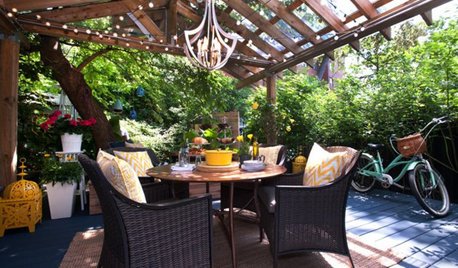
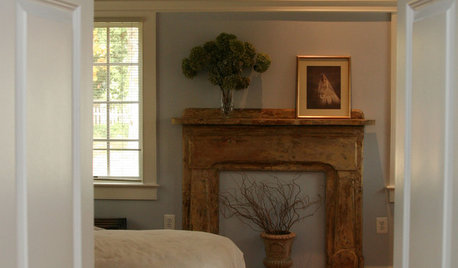


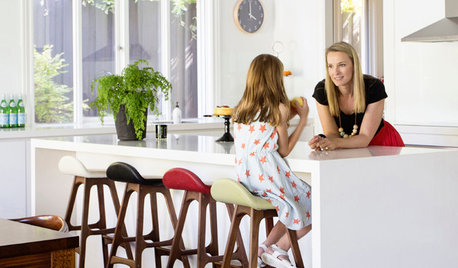


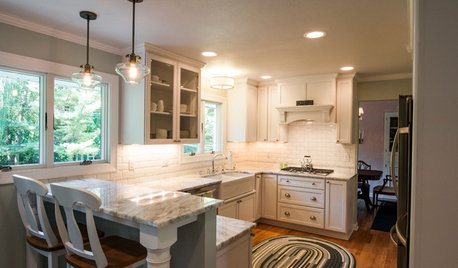





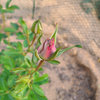
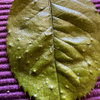
sguanzon
shaunmcaz
Related Discussions
Overseeding PA lawn with elite seeds
Q
Newbie with new lawn - Overseeding?
Q
Wish me luck with Heinz 57
Q
Wish me luck...killing things!
Q
btbemeOriginal Author
1fullhouse
stephanotis_1
chanbr
chanbr
tomatofreak
nc_crn
newtoucan
newtoucan
rose56
Pagancat